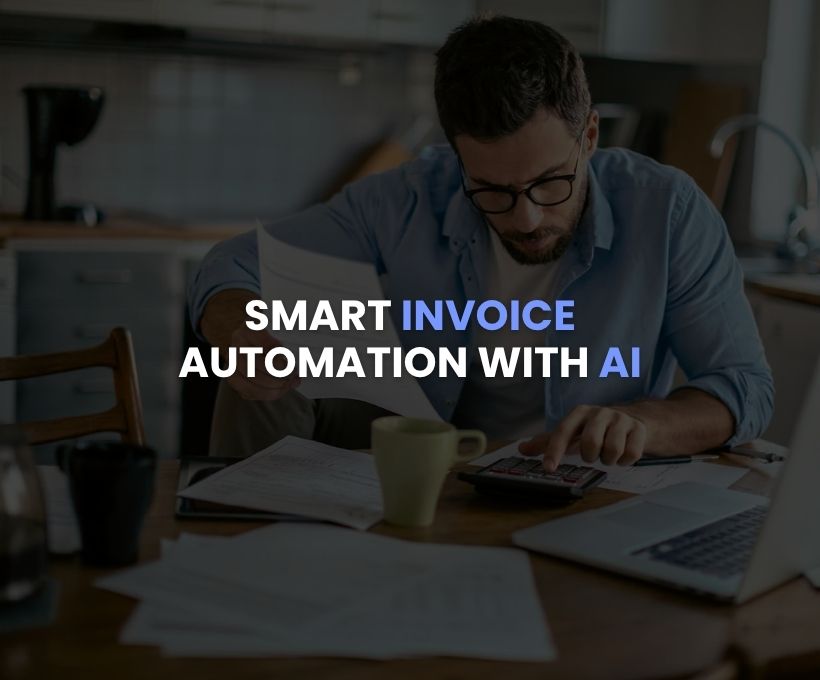In the fast-moving world of business operations, time isn’t just money—it’s momentum. And nothing slows a team down like manual paperwork, especially when it comes to invoices.
The Problem Hiding in Plain Sight
Most companies process invoices manually. They receive a scanned image or a PDF, someone reads through it, pulls out key details like invoice number, date, amounts, line items—and then manually enters that data into a spreadsheet or accounting system.
It sounds simple, but it adds up. I worked with a client whose admin team was spending 2 to 3 minutes per invoice, day after day. Over time, that meant dozens of hours lost every week to repetitive, error-prone tasks. Errors in invoices can lead to delayed payments, supplier disputes, and accounting headaches.
Manual invoice processing might not feel like a big problem—until it snowballs into an operational bottleneck.
The Thinking Behind the Automation
When the client reached out, they didn’t want just another OCR tool. They wanted a solution—one that understood varying invoice layouts, handled image quality issues, and delivered clean, structured data without constant human oversight.
So I started from a simple question: What if we could teach a system to do this reading and writing for us?
I envisioned an automated pipeline that could:
- Read scanned invoice images
- Extract the necessary fields with AI
- Output them into a clean CSV file for further use
I chose a Python-based stack for flexibility and paired it with the OpenAI API for intelligent text extraction. The system also compresses large images for faster processing and handles edge cases where invoice formats differ slightly.
What Changed for the Client
The transformation was clear—and fast.
Before automation:
- Invoice processing required a dedicated resource
- Errors were common due to fatigue and inconsistent layouts
- Peak periods meant processing delays and mounting backlogs
After automation:
- Each Invoice got processed in seconds
- Accuracy jumped to over 95% for common formats
- No more bottlenecks—just consistent, reliable data every time
This wasn’t just a performance boost. It was a shift in mindset—from managing repetitive tasks to letting machines handle them, while people focus on decisions and strategy.
Why It Matters (and Why You Should Care)
If your team handles dozens—or hundreds—of invoices per month, you’re already losing time to a task that can be fully automated.
This system cut down hours of admin work per week, reduced human errors, and eliminated the need for costly outsourcing. More importantly, it created peace of mind. No more missed entries, no more late-night catch-up work.
It’s not about replacing people—it’s about empowering them to do better work.
Imagine This in Your Workflow
Whether you’re a finance officer, an operations lead, or a small business owner, imagine receiving an invoice, dropping it into a folder, and having a structured record show up in your system automatically—every time.
No backlogs. No copy-paste. No stress.This is just one example of how automation can quietly transform business operations.
Let’s Talk About What You Could Automate
I built and deployed this system as a freelance developer, tailored to the client’s needs. But the same thinking applies to other workflows—purchase orders, receipts, contracts, forms.
If you’re spending hours on repeatable tasks, it’s time to ask: Can this be automated?
If the answer might be yes, let’s have a conversation. Automation doesn’t start with code—it starts with understanding your pain point.
